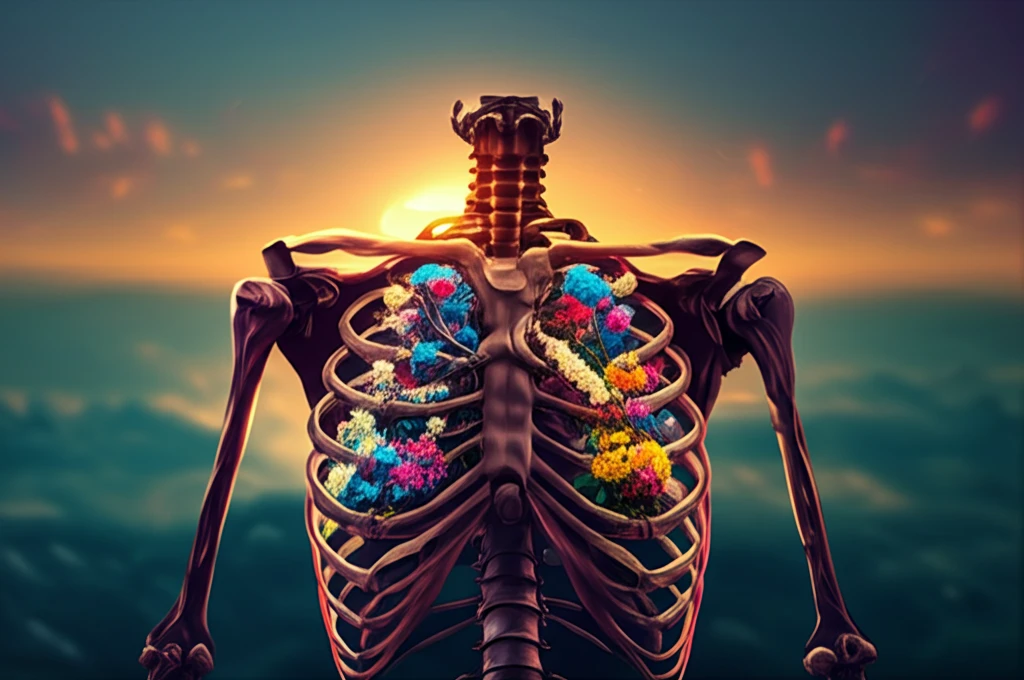
Breathe Again: Understanding the Advances and Nuances of Bilateral Lung Transplantation
"Explore the life-saving procedure of bilateral lung transplantation, its historical evolution, and the latest techniques that enhance patient outcomes."
For individuals grappling with end-stage respiratory failure, bilateral lung transplantation stands as a beacon of hope, offering a chance at renewed health and improved quality of life. This complex procedure has undergone significant evolution since its inception, with continuous refinements in donor selection, graft preservation, immunosuppressive therapies, and surgical techniques leading to better patient outcomes. This article explores the historical journey of bilateral lung transplantation, the current surgical approaches, and the critical factors influencing its success.
The path to successful lung transplantation is paved with incremental advancements. Early challenges related to donor management, organ preservation, and the body's rejection response have been gradually overcome through research and clinical experience. Innovations such as improved immunosuppression protocols and techniques for managing post-transplant infections have played a crucial role in extending patient survival and enhancing their overall well-being.
While lung transplantation has become more standardized, it remains a delicate and intricate procedure. A multitude of technical nuances contribute to the operation's ultimate success, requiring a high level of expertise and meticulous attention to detail from the surgical team. This discussion aims to illuminate the key surgical aspects of sequential bilateral lung transplantation, encompassing historical context, anesthetic considerations, access routes, explant and implant techniques, the role of circulatory support, and immediate post-operative management.
From "En Bloc" to Sequential: The Evolution of Surgical Techniques

The landscape of bilateral lung transplantation has transformed dramatically over the years. The initial approach, known as the "en bloc" technique, involved the simultaneous transplantation of both lungs with three major anastomoses (trachea, pulmonary artery, and left atrium). However, this method was soon abandoned due to technical difficulties and a high incidence of airway complications.
- Early Techniques (en bloc)
- Development and refinement of sequential transplants.
- Incision techniques for less morbidity
Looking Ahead: The Future of Bilateral Lung Transplantation
Bilateral lung transplantation offers a life-saving option for individuals with end-stage respiratory failure. The evolution of surgical techniques, improvements in immunosuppression, and advancements in post-operative care have significantly improved patient outcomes. As research continues and technology advances, the future of lung transplantation holds even greater promise for extending and improving the lives of those with severe lung disease.
